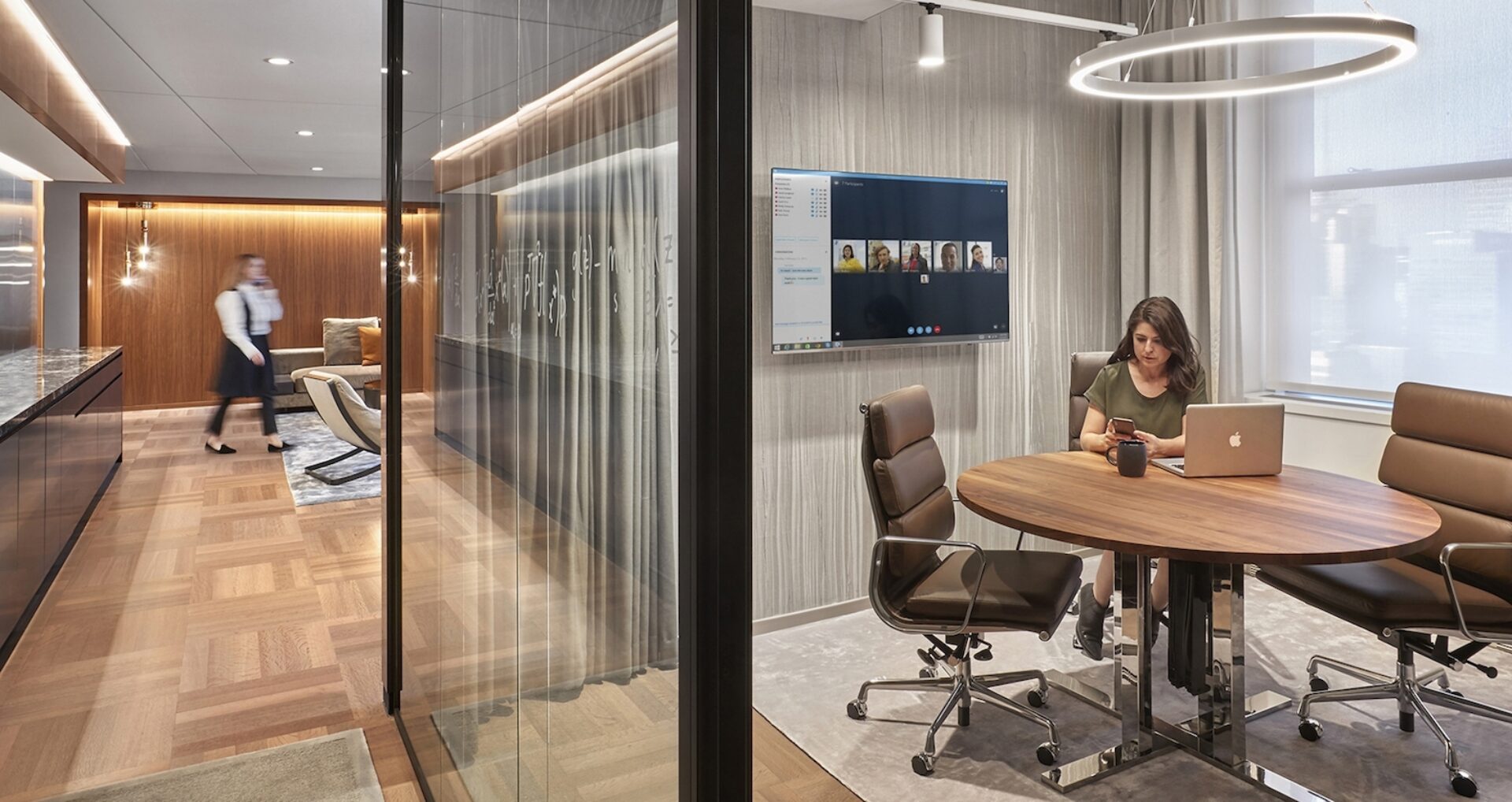The following article was a submission from a team representing IIDA in the May 2020 CoreNet Global Hackathon: COVID-19 Virtual Ideation Experience. The team included commercial interior designers and educators from across the country, as well as staff from IIDA Headquarters.
The CoreNet Global Hackathon brought together over 1,000 participants from the corporate real estate and design communities to reflect on and develop collective solutions for immediate and future response to the COVID-19 crisis in the workplace. The discussions provide a roadmap for the commercial interior design and real estate industries, to support their clients in returning to a post-COVID-19 workplace.
Authors: Team lead: John Czarnecki, Hon. IIDA, Deputy Director and Senior Vice President, IIDA, Ryan Ben, Student Engagement & Advancement Manager, IIDA, Jane Hallinan, IIDA, Interior Designer, Perkins Eastman, Paul LaBrant, IIDA, Associate Principal, STG Design, Jon Otis, IIDA, Principal, Object Agency; Professor, Pratt Institute, Sandra Tripp, IIDA, Principal, Huntsman Architectural Group, Alissa Wehmueller, IIDA, Principal, Helix Architecture + Design
Human Behavior and Culture
Before we discuss design and real estate issues within an office, we’ll focus on people. In a post-pandemic world, we believe a heightened awareness of personal responsibility, agency, and necessary mutual trust will drive many decisions in our lives and workplaces. Flexibility will be key, and smart employers will communicate this in action and policy with employees allowed to continue to work remotely when feasible. Employees who do come to the office will have increased personal agency over scheduled work hours. Remote work, flexible hours, and work during non-peak hours are also issues of social equity for all.
For a time, the future workplace will be reflective of the trauma of the pandemic and the economic conditions it has created. To combat this lasting impact, savvy companies will design their offices to reflect stability, safety, and confidence, emphasizing teams and encouraging all forms of collaboration, both digital and in person.
For the employee in such a company, this will engender a higher level of mutual trust and commitment. Individuals will be more mindful of their personal space and cleanliness and the impact that they have on others. Like a thoughtful gym member, employees will be tasked with leaving their desks, meeting rooms, and communal spaces as clean as they found them, wiping down surfaces as they wrap up their time in a space. Rather than relying solely on an evening cleaning service, all office occupants will have shared responsibility for cleanliness and sanitation throughout the day.
Density
Overall square footage per employee decreased in recent decades, driven largely by economic and regional commercial real estate conditions as well as a company’s functional need. While a return-to-work-during-pandemic time in 2020 may require workplaces to limit capacity for a while, we look ahead to a post-pandemic future: Economic pressures for tighter density will likely continue, especially in dense urban cities like New York. With tighter budgets, companies will largely not have the luxury to expend more square footage per employee. The question is: how flexible is the space?
While we do not envision that the amount of square footage per employee will change drastically between now and a post-pandemic time, how designers program and plan a workplace interior will continue to evolve. The impact of forced remote working in 2020—and the resulting regularization of flexibility to work remotely—will encourage organizations to re-evaluate how they allocate real estate, increasing the shift from square footage for individual use to increased square footage for collaborative, shared spaces. Coming to the office to actively collaborate will be a more purposeful decision that will require a different tool kit of policies for a number of companies.

